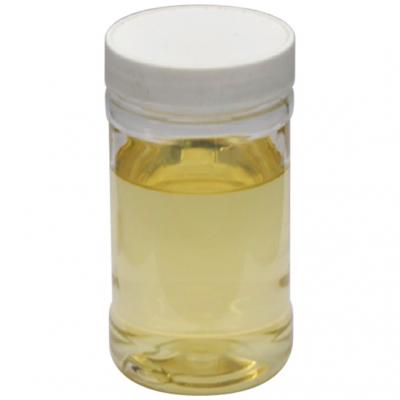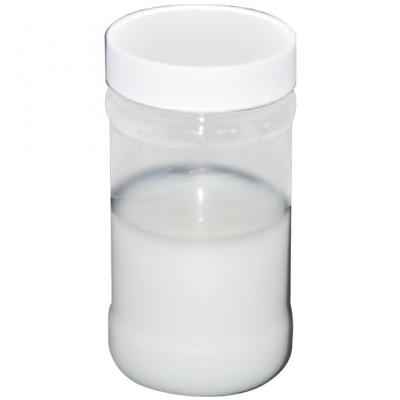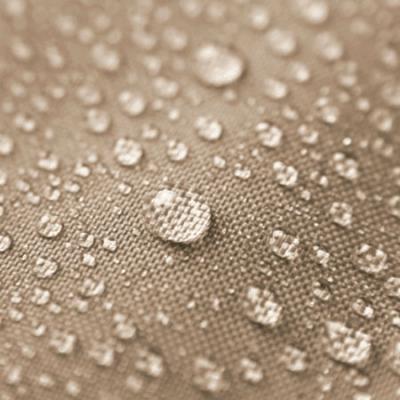Why are cotton fabrics easy to distort and wrinkle?
This is determined by the nature of the cotton fiber itself. When the cellulose fiber is subjected to external force, the amorphous zone is prone to deformation, because there are many polar hydroxyl groups on the cellulose macromolecules, thus when the cellulose macromolecules have moved relative to each other by external forces, new hydrogen bonds can be formed in the new position. After the removal of the external force, cellulose fiber macromolecules cannot immediately revert to the original state due to the new formation of the hydrogen bonding barrier, thus resulting in folds.
The role of anti creasing finishing:Purposes: wrinkle-free, ironing-free, easy to handle, shrinkage reducing, anti-pilling, improve the resilient recovery angle.
According to China's national standards, this type of textile is defined as the anti-creasing textiles; this kind of finishing process is anti-creasing finishing.
For fabrics, the purpose of the anti-creasing is: anti-wrinkles and shrink-proof after washing and drying (including dimensional stability, dimensional evenness and the appearance of seams).
For clothing, the purpose of the anti-creasing is: durable press after washing and drying (including dimensional stability, dimensional evenness crease retention and the appearance of seams).
Anti-creasing resin crosslinking principle:
The anti-creasing resin finishing of cotton fabric is through the active gene of the resin molecule and the hydroxyl of the cellulose molecule, forming molecular bridge or covalent bond under certain conditions, combing with the neighboring macromolecular chains in the fiber, reducing the relative slip motion between the two molecular chains and thus improving the resilience of the deformation and the shrink-proof function of the fabric in the end.
Ingredients of anti-creasing resin:Etherified dimethylol dihydroxy ethylene urea (M2D)
In addition to the high formaldehyde whiskers resin and formaldehyde-free resin belongs to anti-creasing resin, others are all belong to etherified 2D resin.
After etherification, chlorine resistance will increase, not yellowing, released lesser formaldehyde, but the reaction activity will be decreased, crease-free effect and the grade of anti-creasing will decline comparing with 2D resin.
Workmanship Introduction:Dry Crosslinking method (ordinary anti-creasing finishing)
1. Pre-baking method: rolling → drying → baking
2. After baking method: rolling → baking → clothing → ironing → baking
3. Garment Impregnation Method: Garment soaking in finishing liquid → drying → ironing → baking
Low temperature crosslinking method:Dipping and squeezing → drying → low temperature baking → washing and drying → soften. A high DP-level crosslinking method can be obtained.



 English
English  日本語
日本語  Español
Español  tiếng việt
tiếng việt  Türkçe
Türkçe  ไทย
ไทย  українська
українська  हिंदी
हिंदी  বাঙালি
বাঙালি  اردو
اردو 



